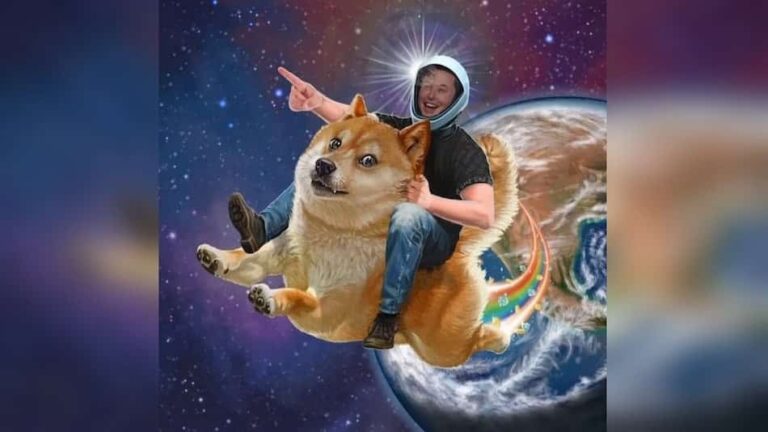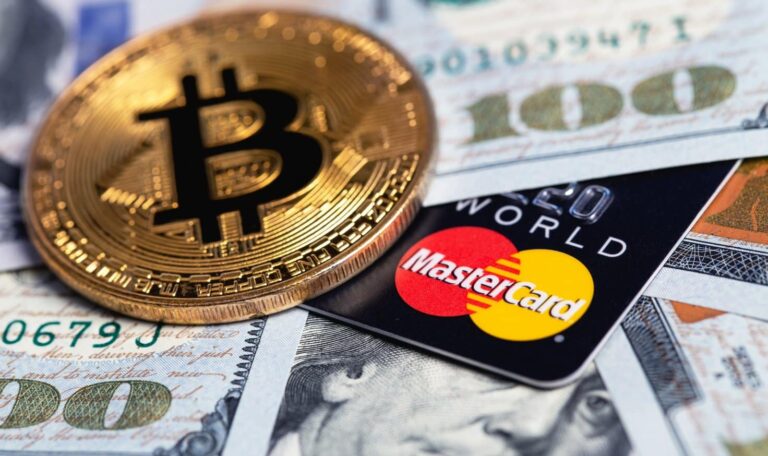
Photography and the collection of artistic works must find their place online. The NFTs in response to a digital boat of photography allow the development of art within the Web3. With increasing digitization and a move towards digital at all costs, how is the art world getting its bearings? Artists, creators, buyers, experts or art dealers, all today are looking for digital solutions. Connecting artists and buyers, especially through art galleries, is essential to artistic life, but how can they be deployed online? The answer provided by Bitcoin will surely have a very concrete application by limiting double spending, or here the copy/paste of the work. We are going to see how to integrate its solutions, in particular through NFTs, but also how art dealers integrate the Web3?
2017: birth of NFTs and first craze
When in November 2017, CryptoKitties released its eponymous game, which allowed users to breed virtual cats based on the Ethereum blockchain, it was an immediate success. Users can trade the cats (in NFT format) for Ether (ETH) and a few months later, in 2018 one of the NFTs sells for $140,000.
Jean-Michel Pailhon, Art Advisory Board and investor at Ledger, sees NFT as a medium for art and in his words: “An NFT work is a digital work from A and Z. It was created natively on a digital medium and its entire life will be digital: the genesis, the creation of the work when it is put online on a blockchain, as well that all transfers of this work which will be entirely digital. You will never be able to extract the artwork from the blockchain and take it with you, it’s just lines of codes. This is what is exceptional”.
The NFT offers the uniqueness of a work
What is at issue here is the uniqueness of the work and its identification as such, but also the artistic journey as a whole from the conception of a work to its realization and its medium itself.
In our example it is therefore the NFT and its character permanently anchored to the blockchain which therefore becomes both the medium of the work but also the guarantor of its authenticity. Digital photography has completely disrupted the industry and pushed it to question the link between the medium and the work.
No doubt that the use of NFT brings a new answer to photographic art and allows him to complete his total digitization. From digital photo taking to NFT distribution, the work is therefore designed digitally from A to Z as mentioned above. Jean-Michel Pailhon.
With a new digital art, what places for art galleries?
Who doesn’t enjoy strolling through an art gallery, with the sole purpose of observing contemporary creations? What better places to meet artists and clients, artists and patrons? It seems essential to us that digital provides an answer to this real demand. Art suffers from elitism, how to make it universal, to restore its original vocation? Has the contribution of digital technology been well understood by this industry?
From Kodak to Metaverse & NFT
The most mocking will evoke Kodak, the optimists will speak of metaverse and NFT. Making copy/paste impossible seems to cheer up the art world that was waiting more anti-tampering solutions especially online.
What if it were possible to bring together artists, patrons, experts and even art collectors in a digital and secure place?
That’s what seems to want Rhapsody Curatedby operating a meticulous selection of the offer, 8 campaigns per year concerning a photograph broken down into 150 numbered NFTs.
NFT Paris and the photography revolution thanks to NFT?
Like a numbered paper print that can be purchased in a photography gallery, digital finds its medium. Buyers, through the NFT can exchange with the artist and stay in touch. The art gallery connects, fades away and lets the work and the artist live digitally, its role is played.
The democratization of this medium will bring even more access to art, not only in its possession, but also in its contemplation and dissemination to a greater number, more geographical constraints to get to a museum. Galleries and cultural centers such as museums must adorn themselves with digital in order to sublimate and renew themselves in the Web3.
Conclusion
With the appearance of the blockchain and then of NFTs, new digital solutions are finding applications in the civilian world. The art world, often a pioneer in many fields, needed a solution to the problems linked to this digitization. Like many, Kodak felt strongly that the physical medium could not be replaced for many reasons. Certification of authenticity, fight against falsification, against the uncontrolled distribution of content subject to copyright.
The Non-Fungible Token (NFT) provides its answer late for the American company but benefits many players in the art world. The NFT is trustworthy for its owner but also for its issuer and will provide a direct link between them. It will be unique for its entire life and cannot be reproduced or extracted from the blockchain in which it was designed. And to go further in the all digital, the art gallery, place of exchange of art must be equipped with its Web3 finery. The variations of possibility seem infinite and much broader than what is possible in a physical world of tangible material goods. This world leads us to reflect and rethink our relationship to art, which in the 21st century drives consumerism and possession.
Receive a digest of news in the world of cryptocurrencies by subscribing to our new service of daily and weekly so you don’t miss any of the essential Tremplin.io!






